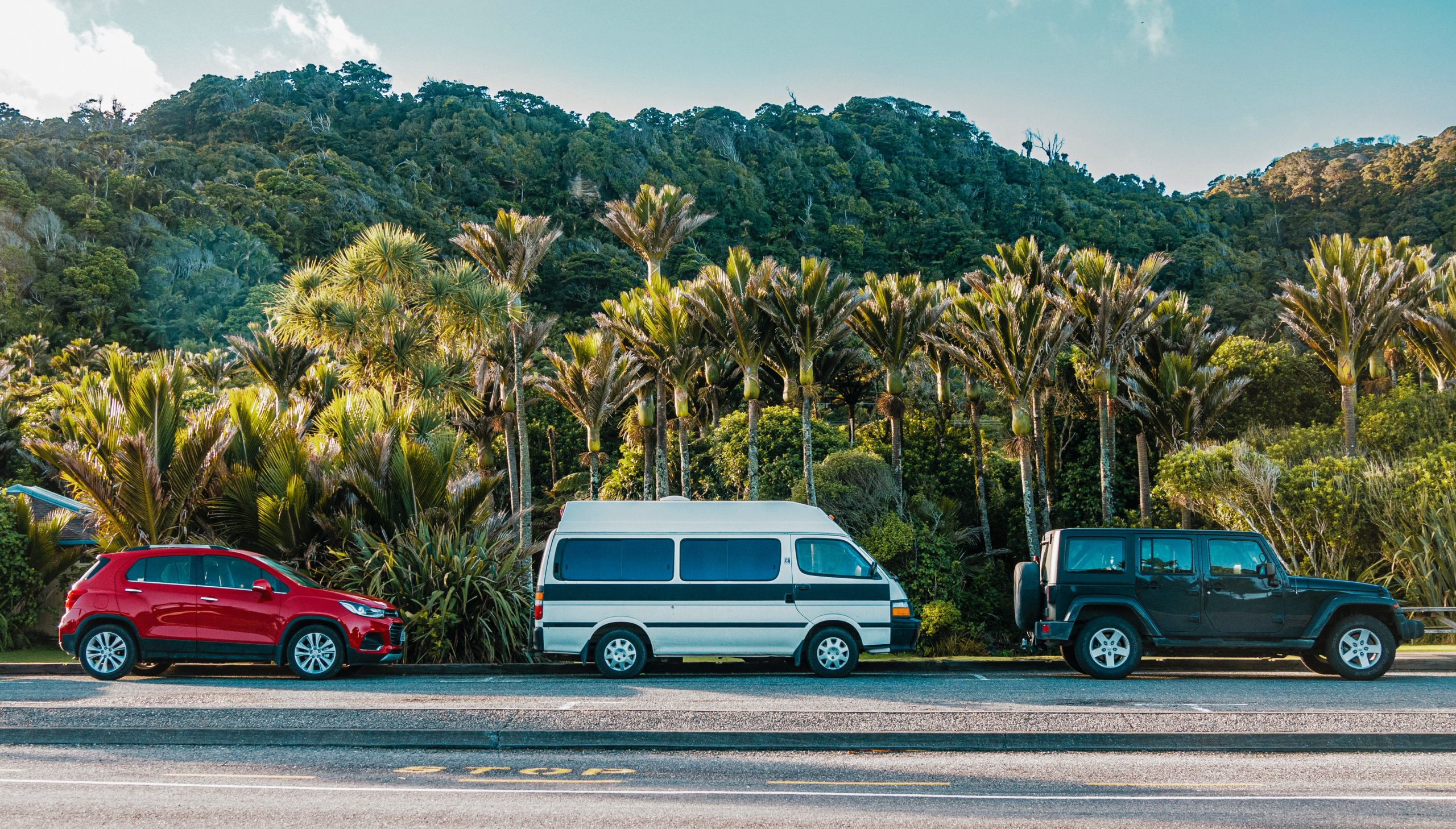Tourism destinations that promote domestic travel without a responsive, transparent strategy risk alienating residents.
Domestic tourism initiatives have been attracting media attention and are often seen as encouraging signs for the hard-hit tourism industry. But the pandemic continues to bring waves of uncertainty and change. How can your destination promote travel responsibly, keep people safe and avoid a public backlash?
Lockdown restrictions make local or domestic travel a logical starting point for people to experiment with travel. While opportunities for increased travel appeal to those who have been under stay-at-home orders for months and to the tourism businesses and hosts missing their guests, host communities need to be ready for and receptive to visitors.
Your destination marketing organization (DMO) must remain attuned to its local nuances and shifting perceptions while abiding by regulations. Stay vigilant and flexible.
Here are some real-world examples of destinations promoting domestic tourism as they gradually restart their economies, with mixed results.
Do Something New, New Zealand encourages locals to explore close to home
New Zealand’s domestic tourism campaign aims to shift locals’ perspectives about travelling at home by enticing them to experience their New Zealand bucket list now. In addition to the campaign, New Zealand Prime Minister Jacinda Ardern encouraged employers to explore a four-day workweek arrangement with their staff. This flexible work arrangement would make it easier for locals to get out and explore the country.
Some regions are benefitting from local travel more than others, creating a “Halo Effect”. Data shows that New Zealand travel patterns have changed during the pandemic as people are staying within a four-hour driving radius from home. Pre-existing tourism hotspots are struggling to attract visitors, while new destinations are benefiting from increased visitation as people choose quieter experiences in nature to keep a safe distance from others.
British Columbia encourages locals to rediscover B.C. this summer
In British Columbia, Canada, where the government’s Phase 3 regulations allow for non-essential travel within the province, the tourism industry has focused on promoting safe and responsible travel throughout B.C. Some tourism experiences, such as whale watching in Campbell River, are reporting an influx in locals choosing to spend their money on local operators during their staycations.
Community receptivity to tourism and readiness to travel are mixed. Travellers are cautioned to spend more time researching the conditions in the communities they intend to visit, paying particular attention to remote Indigenous communities who have announced they are indefinitely closed to visitors during the pandemic.
“Travel is different this year. The precautions you take at home should also be taken when you are away.
Some towns, communities and regions who rely on tourism are eager to welcome B.C. visitors with safety measures in place. Others might be hesitant to welcome outside visitors this summer and people need to respect that.
We encourage British Columbians to be respectful of the communities you plan to visit and be safe as you enjoy the many beautiful locations across our province.
Some Indigenous communities in B.C. are not welcoming visitors at this time. It’s important to respect this and do your research before travelling. Visit Indigenous Tourism BC for a list of Indigenous experiences in the province that are currently open and welcoming visitors.”
– Phase 3 guidelines for B.C. travel via the Government of B.C website
Travellers and DMOs alike need to consider the local variations in how receptive and ready communities are to welcome visitors. There is no one-size-fits-all scenario. It may seem obvious, but the challenge makes it worth stating clearly: domestic travel initiatives do not automatically equate to safe travel. For as long as COVID persists, there will be some risk to travelling, and that risk is subject to sudden change.
Europe opens its internal borders amid traveller uncertainty
“A stable and quick recovery of travel demand is likely to be greater for destinations that rely more heavily on domestic and short-haul travelers,” says the European Travel Commission’s Trends and Prospects report. “Ahead of the summer season, tourism businesses are resuming activities and destinations across Europe and gradually re-opening their borders, establishing travel bubbles/blocks and boosting domestic and intra-European travel.”
Confidence among European travellers remains uncertain. While some visitors are eager to book flights, cancellations are common. People hesitate to potentially place themselves on the wrong side of a border that might close again if the virus spreads.
Japan’s Go To Travel domestic tourism plan faces criticism as the virus rebounds
A $10 billion plan aimed to get Japanese locals to travel across the country included subsidies for up to half of travel and accommodation costs. However, as COVID cases surged in urban centres, the plan quickly became seen as a liability. The optics of encouraging urbanites to travel to regions without COVID cases and potentially contribute to spreading the virus sparked understandable criticism. On social media, some voiced concerns the plan prioritizes economic motives over local health and well-being.
Since the backlash, government officials have discussed ways to make the Go To Travel plan flexible to fit the changing COVID scenario in Japan. The swift change in attitude to the domestic tourism plan was directly related to a resurgence in COVID cases, and shows just how volatile the situation can be.
Implications for DMOs
While some of these signs of restart are promising, prioritizing safety for citizens and travellers is imperative. Not all domestic travel initiatives are created equal, and attitudes to domestic travel can change quickly or be uneven across a region. As community leaders, your DMO will need to continually communicate with transparency – not only to those you’d like to attract to your destination but to the people who call it home.
Support for your DMO
From Bermuda to California to Campbell River, our team helps tourism destinations respond to crises and work toward recovery with poise and confidence. Speak to us to learn about our collaborative approach to strategy, communications, and creative solutions or click here to send us your RFP.
Feature image credit: Nik Shuliahin, via Unsplash









New Zealand is in quite a different situation having eliminated Covid community transmission (the only cases are occurring at the border and blocked by double test + 14 day isolation or quarantine). This means there is no angst around domestic tourism. Life feels normal, full scale sporting events, no social distancing. The 4 hour driving radius was for our Queens birthday long weekend, the first big break after we came out of lockdown. Since then, as more domestic flights opened up and because we couldn’t escape winter to the Pacific Islands and Australia, the school holidays saw people fly and take up cheap campervan deals for touring all over NZ well. The ski areas around Queenstown/Lake Wanaka had assumed and staffed up for just 50% of normal business as the important Australian skier market couldn’t get here. However, the domestic market more than made up for this so the ski areas ran into service overload. This was exacerbated by the majority of New Zealanders (kiwis) self-driving so the road access and parking was smashed. Aussie tourists would have used more shuttles. The metro centres saw less visitation (because the urban population wanted to get the hell out into the country after lockdown so city breaks had less appeal. Some of the secondary provincial destinations like Nelson/Tasman saw the most growth. With schools back in it’s expected to slow down again. The domestic bounce has been a nice surprise but won’t make up for having no inbound tourism until we can implement an incredibly complex methodology to accept tourists safely through the borders.